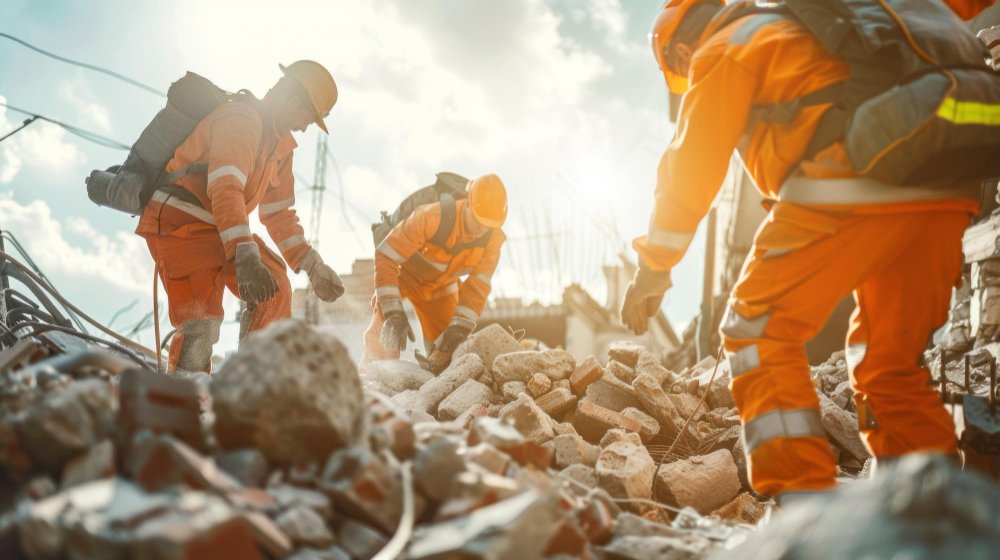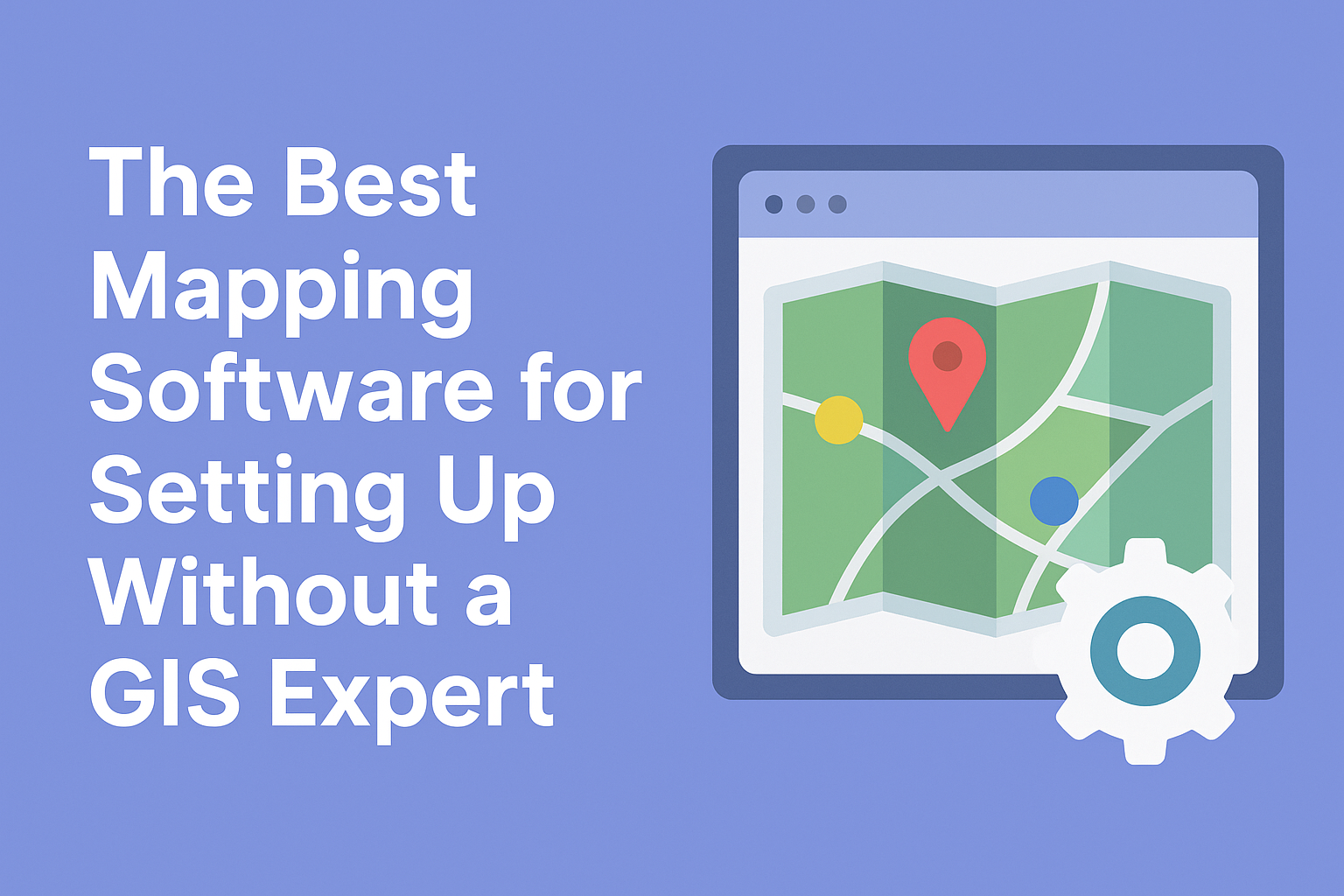What Role Does Technology Play in Disaster Readiness Today?
Have you ever wondered how technology can help us prepare for disasters? As natural calamities become more frequent, the role of technology in disaster readiness becomes crucial. Technological advancements have revolutionized our approach to emergency preparedness, from predicting hurricanes to coordinating relief efforts. Integrating advanced tools and systems has improved our ability to anticipate disasters and enhanced our response efficiency. Whether through early warning systems, data analysis, or innovative communication methods, technology is indispensable in safeguarding communities. This blog will share how technology aids disaster readiness and highlight some key areas it significantly impacts.
The Evolution of Disaster Readiness Technology
Disaster readiness has come a long way over the years. Initially, it relied on essential communication tools and manual methods for coordination. Back then, emergency responders depended on rudimentary equipment and often faced significant challenges in effectively managing disaster situations. Today, advanced technologies provide real-time information and improved response strategies. The introduction of sophisticated tools such as satellite imagery, high-speed internet, and digital communication platforms has transformed the landscape of disaster management. This section will explore how technology has evolved to meet the growing demands of disaster preparedness, highlighting the transition from traditional methods to modern, tech-driven approaches.
Those interested in this field can pursue a degree in emergency preparedness to learn more about how technology can help. These programs provide training on using cutting-edge tools and techniques, preparing professionals to handle disasters effectively with the help of advanced technologies. This educational foundation is essential for developing the skills to leverage technology in disaster readiness, ensuring that future responders are well-equipped to protect communities.
Early Warning Systems
Early warning systems are essential in mitigating the impact of natural disasters. Satellite imaging, weather forecasting models, and seismic monitoring provide timely alerts. These systems help communities prepare and evacuate if necessary, reducing potential loss of life and property damage. For instance, advanced weather models can predict the path of a hurricane days in advance, allowing authorities to issue warnings and organize evacuations. Similarly, seismic sensors can detect early signs of earthquakes, giving people precious minutes to seek safety. The development and deployment of these technologies have significantly improved our ability to anticipate and respond to natural threats.
Data Collection and Analysis
Collecting and analyzing data is vital for practical disaster readiness. Drones, sensors, and IoT devices gather real-time information from affected areas. These tools can survey large regions quickly, providing detailed images and data crucial for assessing the situation. Analyzing this data helps identify patterns, predict future events, and optimize response strategies. For example, drones can map flood-prone areas, and sensors can monitor changes in river levels. Accurate data collection enables better decision-making during emergencies, allowing responders to allocate resources efficiently and promptly address the most critical needs.
Communication and Coordination Tools
Effective communication and coordination are critical during disaster response. Advanced communication tools like satellite phones, mobile apps, and social media platforms facilitate real-time information sharing. These tools help first responders, government agencies, and the public stay connected and coordinate efforts efficiently. In the aftermath of a disaster, maintaining clear communication channels is essential to ensure that help reaches those in need. Mobile apps can alert residents about safety measures, while social media platforms can disseminate information quickly to a broad audience. Additionally, satellite phones provide a reliable communication method when traditional networks are down, ensuring that coordination efforts continue seamlessly.
Geospatial Technologies
Geospatial technologies, including GIS (Geographic Information Systems) and remote sensing, play a significant role in disaster readiness. These tools map out high-risk areas, monitor environmental changes, and assess damage after a disaster. GIS provides detailed spatial data that helps in planning and decision-making. For instance, it can identify real-time evacuation routes and safe zones. Using satellite or aerial imagery, remote sensing offers a bird’s-eye view of affected regions, enabling quick assessments of damage and resource needs. These technologies facilitate more effective planning, resource allocation, and recovery efforts by providing comprehensive and accurate geographical data.
Artificial Intelligence and Machine Learning
AI and machine learning have transformed disaster readiness by improving predictive capabilities. These technologies analyze vast amounts of data to identify trends and potential threats. AI-powered models can predict the path of hurricanes, the likelihood of floods, and other disaster scenarios. Implementing AI in disaster preparedness means faster and more accurate predictions, allowing for timely evacuations and resource distribution. Machine learning algorithms continuously learn from new data, improving their predictions and recommendations. This leads to more precise risk assessments and better-prepared communities.
Mobile Technology and Apps
Mobile technology and applications have made disaster readiness more accessible. Apps like emergency alert systems, first aid guides, and disaster management tools provide valuable information at users’ fingertips. Mobile apps also enable crowdsourcing of information, helping authorities gather real-time updates from the public. For example, apps can track the locations of individuals during a disaster, facilitate requests for help, and provide step-by-step guides for emergency procedures. These tools empower individuals to take proactive measures and stay informed, contributing to overall community preparedness.
Community Engagement Platforms
Technology has empowered communities to participate actively in disaster readiness. Platforms like online forums, social media groups, and community apps foster collaboration and information sharing. Engaging communities through technology ensures everyone is informed and prepared for potential disasters. These platforms allow residents to share resources, coordinate volunteer efforts, and stay updated on local emergency plans. By leveraging technology, communities can create a network of support that strengthens overall resilience and preparedness.
All in all, technology has become an indispensable ally in our fight against disasters. From predicting storms to coordinating rescue efforts, digital tools transform how we prepare for, respond to, and recover from calamities. The power to gather data, analyze patterns, and communicate swiftly saves lives and minimises damage. While challenges remain, the future holds even more tremendous promise as innovation shapes a more resilient world. Technology is not just a tool but a lifeline in the face of adversity.

















